Meet Hugh Kretschmer | Photographer
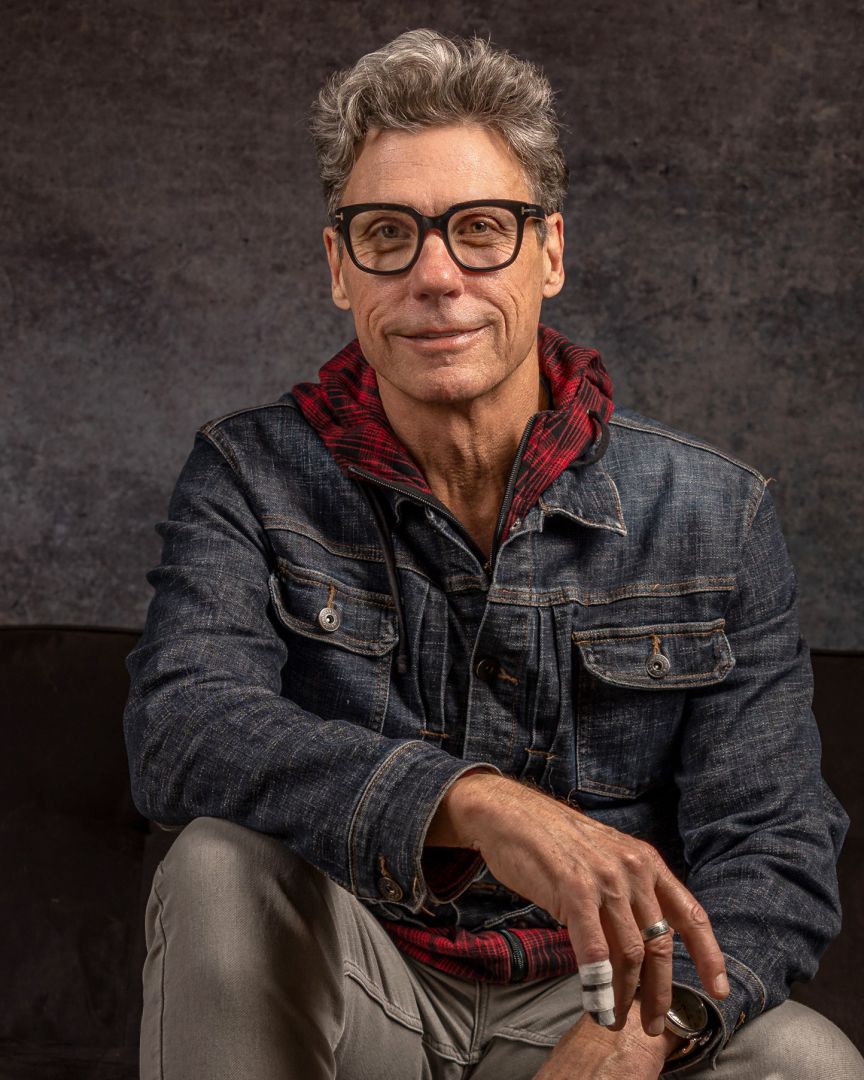

We had the good fortune of connecting with Hugh Kretschmer and we’ve shared our conversation below.
Hi Hugh, what is the most important factor behind your success?
I think my success is due in part to an underline drive to create photographs that are different and, dare say, not seen before. It’s something I learned early in my career, and I have carried it with me ever since.
I’m a photo-illustrator, which means I’m an illustrator who uses a camera instead of a pencil. Like illustration, my photographs are conceptual, and I am most known for my editorial work. Magazines mostly call upon me to illustrate small articles or stories that appear in the back of the periodical. The challenge is creating an opening image that causes the reader to take notice and gain interest to read on. It seems my surrealistic interpretations help.
I also couple my unusual subjects with more traditional handcraft techniques, such as practical collage, prop fabrication, and sculpture. The results have a tactile quality that is a trademark of mine.
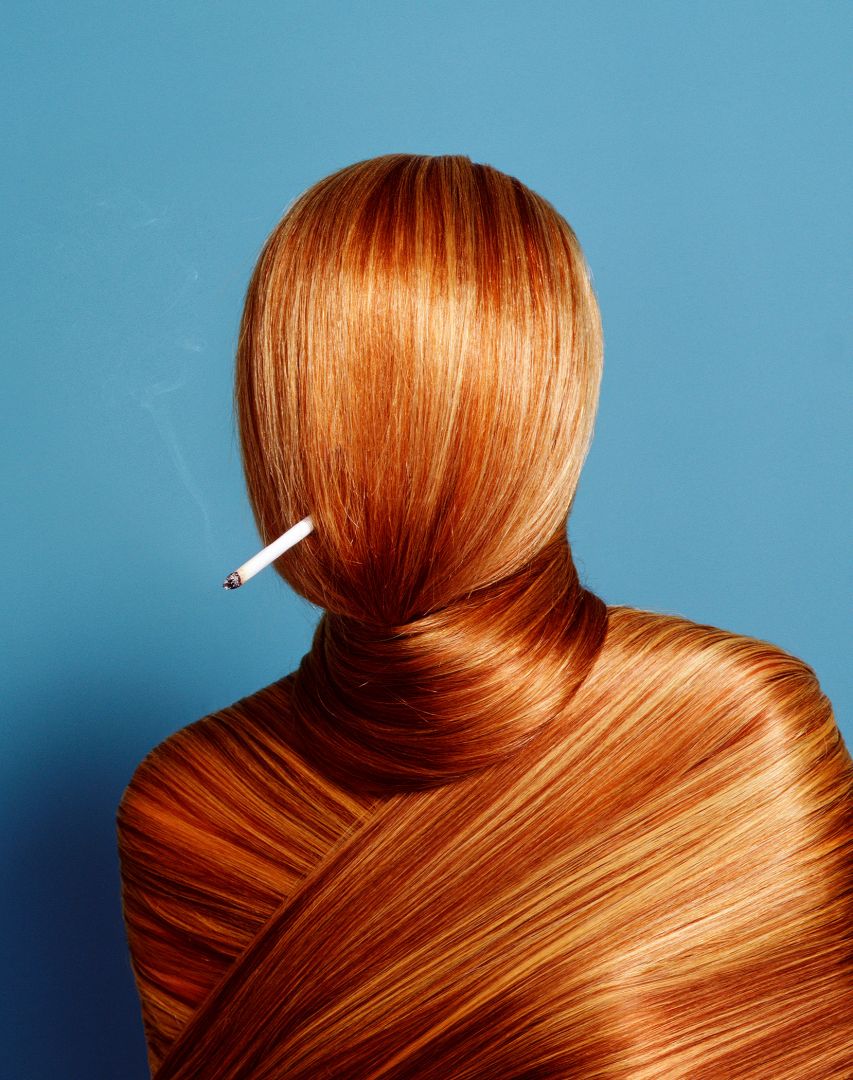

Can you open up a bit about your work and career? We’re big fans and we’d love for our community to learn more about your work.
In recent years, my focus has been on philanthropy and using my work to make a difference. The project I am referring to is titled, Plastic “Waves” and is a series that has enabled me to donate partial proceeds to a nonprofit devoted to water conservation.
The images are of scaled models I build that look like realistic ocean waves and are made from recycled materials, most notably plastic garbage bags. The process has been a challenge, but ultimately satisfying upon completion. I’m not a trained sculptor and have had to learn specific skills to achieve the realistic effect I’m after. The primary challenge is visually translating a 2D photo or drawing into a 3D prop and making plastic look like water. The details must be convincing, and I don’t always get them right. The length of the sculpting also challenges me; the complex examples can take months to build, especially the “foam” and “spray.” Those areas comprise hundreds of little plastic pompoms consisting of thousands from scissor cuts and endless hours of mundane work.
During the capture process, I photograph the sculpture 4 or 5 times to get it right, making minor adjustments along the way. The “spray” effect is wholly strategized and is created using a long exposure and an electric leaf blower. I focus on one section at a time and end up compositing all the best captures from each section into one final image. When all is said and done, one photograph could take up to 4-5 months to complete.
Now that I have completed several, I’m seeing the fruits of my labor. The most significant opportunity came this summer when one of my images was chosen for the cover of Time Magazine’s “The Oceans Issue.” Although that is a cause for celebration, the icing on the cake was donating to the Water Keepers Alliance for the first time and fulfilling my promise to benefit a nonprofit.

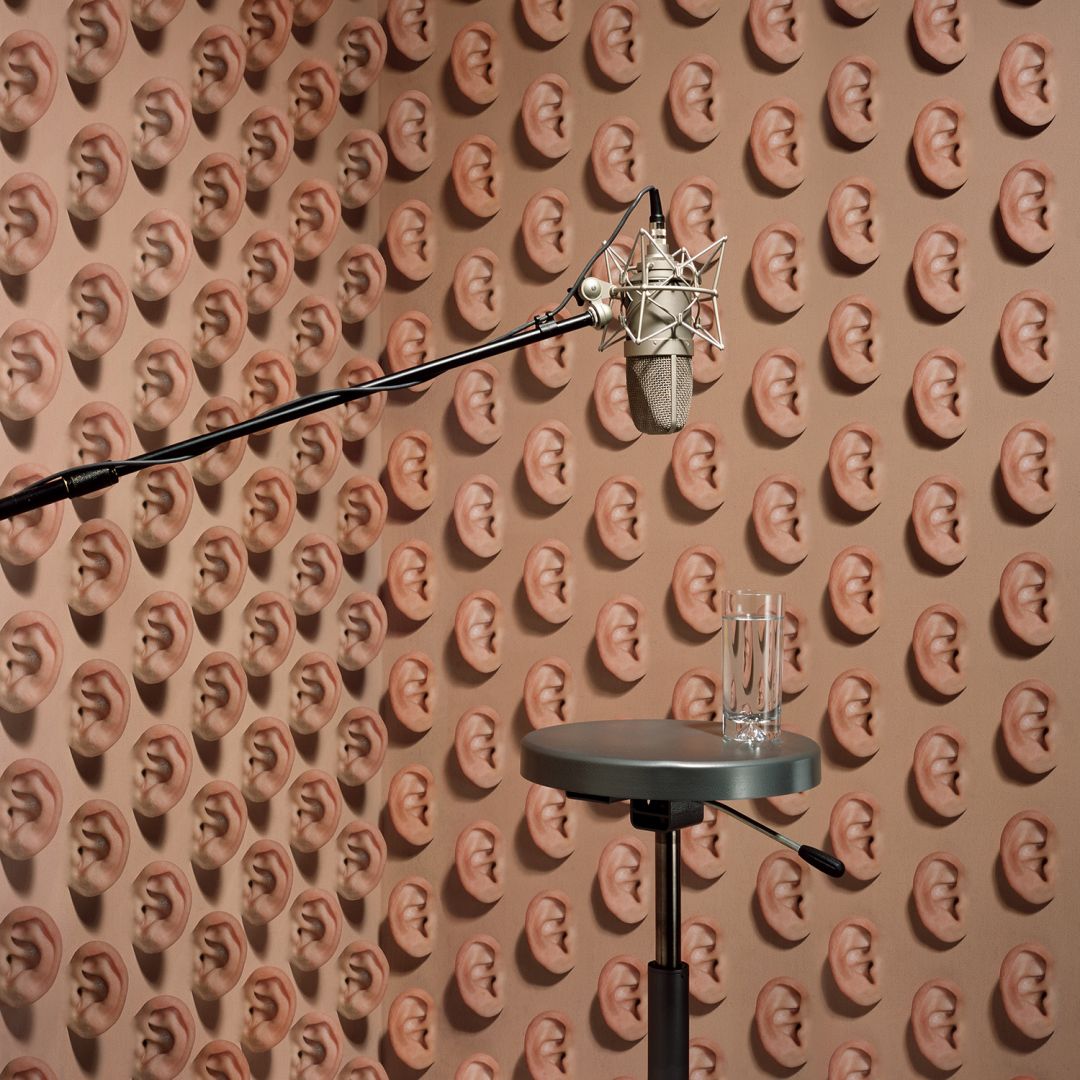
Let’s say your best friend was visiting the area and you wanted to show them the best time ever. Where would you take them? Give us a little itinerary – say it was a week long trip, where would you eat, drink, visit, hang out, etc.
To me, the city’s crown jewel is the Getty Center, and I happen to live right below it. It is a favorite spot to reconnect to the art that has always influenced me. It is also an opportunity to be at a vantage point looking down at the city rather than being in it. It’s cathartic, and I always feel energized when I finally leave the place for the day.
Eating out is not my forte, but I can suggest some notable spots, like Musso and Frank’s and Tom Bergins on Fairfax avenue. Canter’s Deli is also a suggestion. If you want a flavor of Old Hollywood, those are the places to go and experience its gastronomic history.
I’m a hiker and would suggest my favorite spot in Malibu, Solstice Canyon. It’s a challenging hike, but with varying terrain and vista points. A nice creek intersects the trail and waterfalls from time to time, and there are also remnants of what was once a significant house designed by Paul Revere Williams that burned down in 2007.
Since you would be in Malibu, stop by First Point beach and watch world-class surfers do their thing north of the Malibu Pier.
But the most treasured spot for me is the Griffith Observatory. Its significance is personal because my father used to take us there regularly and where he and I would find connection through learning about the cosmos. It is as magical a place as it ever has been, and I suggest timing a visit towards the end of the day when you can view the twinkling lights of the city below.

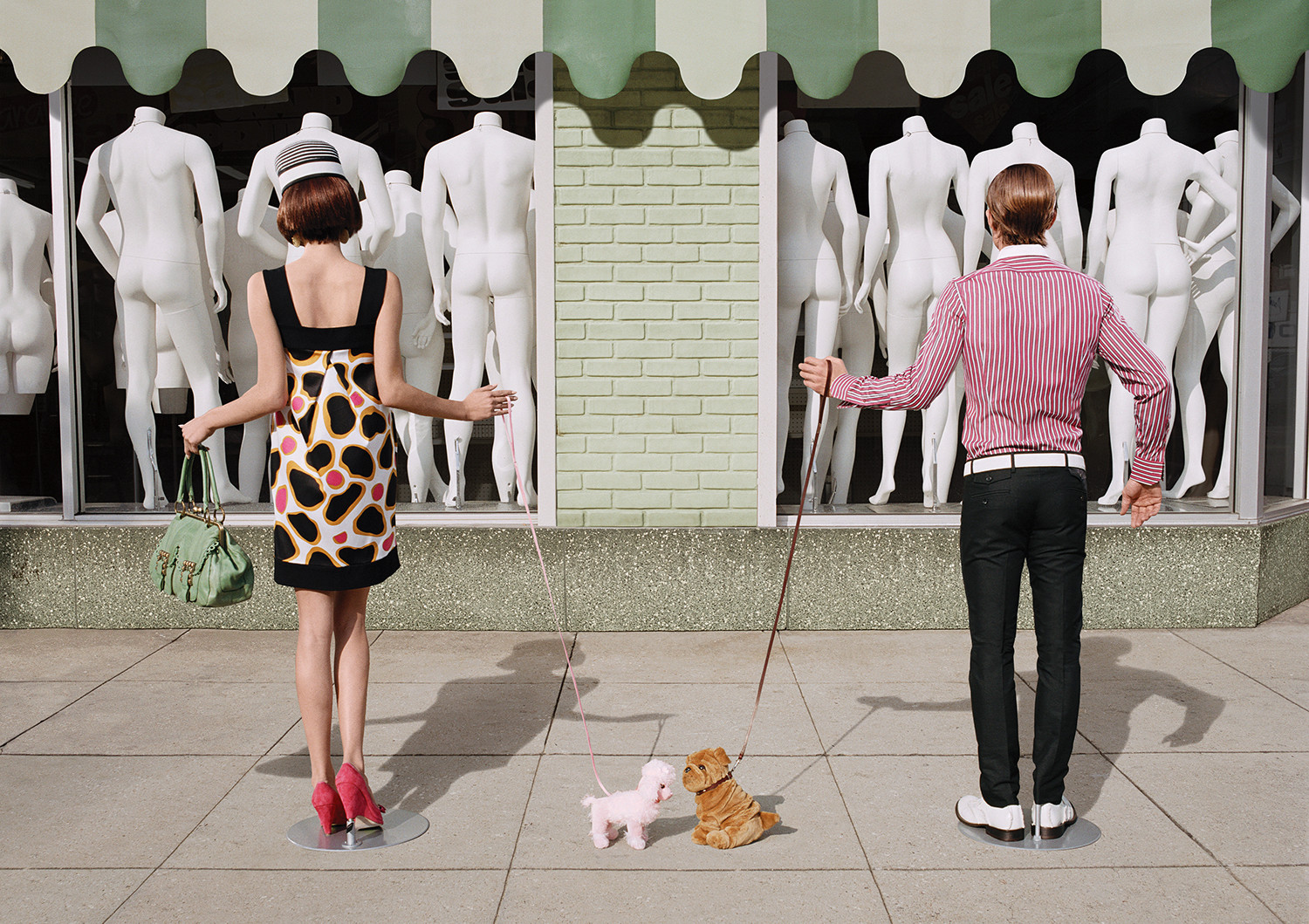
Shoutout is all about shouting out others who you feel deserve additional recognition and exposure. Who would you like to shoutout?
I want to dedicate this to my parents because they were behind my decision to be a photographer all along.
My father was a photo-instrumentation engineer for NASA and taught me, not only photography, but problem-solving as well- think of an idea and finding a way to realize it.
Mom was the artist in the family and introduced me to 20th Century art movements like Dada, Russian Constructivism, Cubism, and Surrealism. You will see threads from those influences throughout my 30-year-long career.
I’ve managed to bring the ingenuity taught to me by my father, together with my mother’s artistic influences. It’s a combination that has worked well for me.
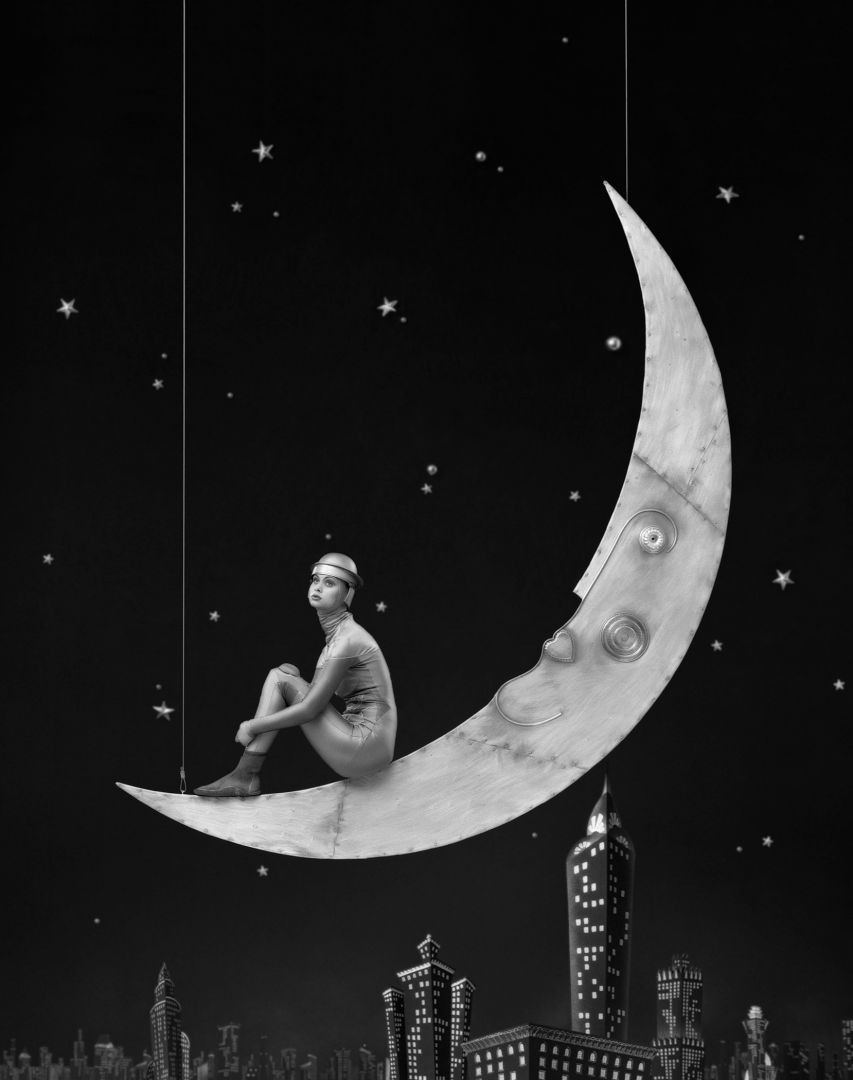
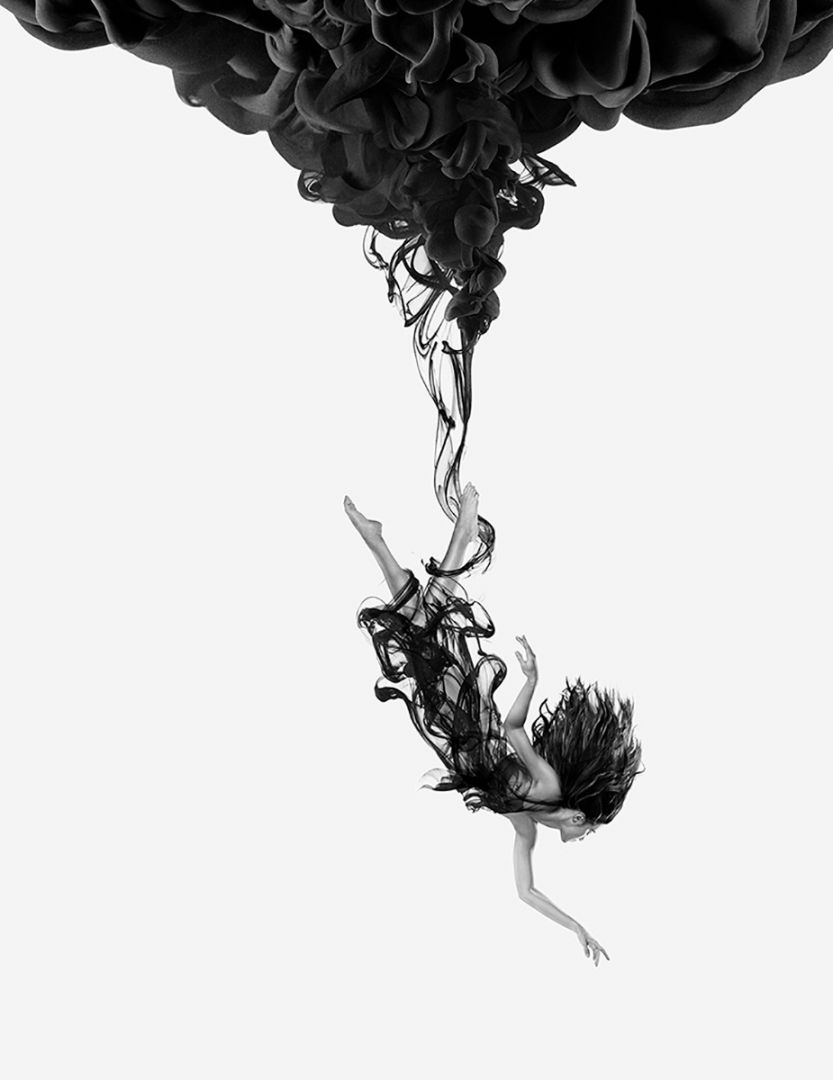
Website: hugh@hughkretschmer.net
Instagram: @hugh_kretschmer
